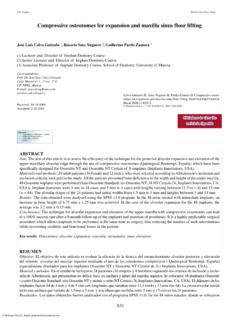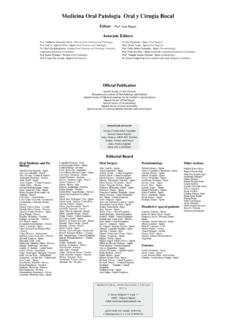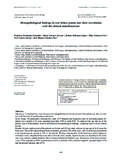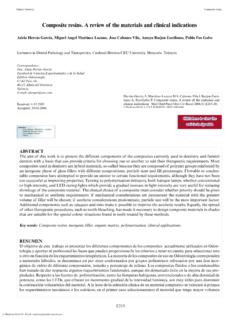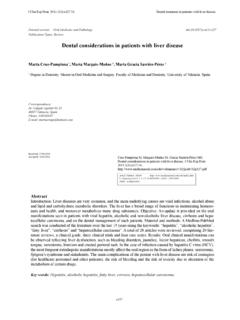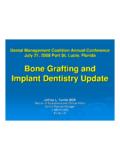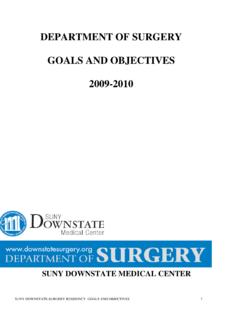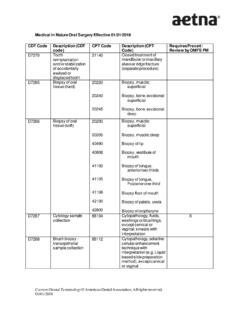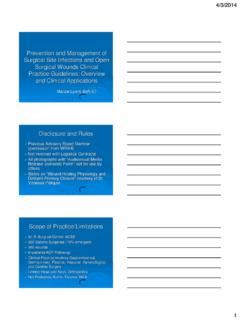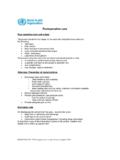Transcription of Immediate implants following tooth extraction. A ...
1 Med oral Patol oral Cir Bucal. 2012 Mar 1;17 (2):e251-61. Immediate implants e251 Journal section: oral SurgeryPublication Types: ReviewImmediate implants following tooth extraction . A systematic review Jordi Ortega-Mart nez 1, Tania P rez-Pascual 2, Santiago Mareque-Bueno 3, Federico Hern ndez-Alfaro 4, Eduard Ferr s-Padr 51 DDS, Master in oral Implantology, PhD Student, Medicine, Surgery and oral Implantology Department, Dental School, Inter-national University of Catalonia2 DDS, Master in oral Implantology, PhD Student, Medicine, Surgery and oral Implantology Department, Dental School, Inter-national University of Catalonia3 DDS, Master in oral Implantology, A.
2 Professor, Medicine, Surgery and oral Implantology Department, Dental School, Inter-national University of Catalonia4 MD, DDS, PhD OMFS, Prof. And Director Master in oral Implantology, Medicine, Surgery and oral Implantology De-partment, Dental School, International University of Catalonia5 MD, DDS, PhD OMFS, Prof. And Head of Department of Medicine, Surgery and oral Implantology Department, Dental School, International University of CataloniaCorrespondence: Faculty of Dentistry Universitat Internacional de CatalunyaJosep Trueta s/n 08195 Sant Cugat del Vall s, Barcelona 05/01/2011 Accepted: 25/03/2011 AbstractObjectives: The aim of this article is to review the current state of Immediate implants , with their pros and contras, and the clinical indications and contraindications.
3 Material and Methods: An exhaustive literature search has been carried out in the COCHRANE library and ME-DLINE electronic databases from 2004 to November 2009. Randomized clinical trials and clinical trials focused on single implants placed in fresh extraction sockets were included and compared. A meta-analysis could not be performed due to heterogeneity of the data. Results: Twenty studies out of 135 articles from the initial search were finally included, which summed up a total of 1139 Immediate implants with at least a 12-month follow-up. Our results have been compared with other current available papers in the literature reviewed that obtained similar outcomes. Discussion: Immediate implants have predictable results with several advantages over delayed implant placement.
4 However, technical complications have been described regarding this technique. Also, biomaterials may be nee-ded when the jumping distance is greater than 1mm or any bone defect is present. Conclusions: Few studies report on success rates rather than survival rates in the literature reviewed. Short-term clinical results were described and results were comparable to those obtained with delayed implant placement. Further long-term, randomized clinical trials are needed to give scientific evidence on the benefits of Immediate implants over delayed implant words: Immediate implants , fresh socket, dental implants , gap, jumping distance, implant nez J, P rez-Pascual T, Mareque-Bueno S, Hern ndez-Alfaro F, Ferr s-Padr E.
5 Immediate implants following tooth extraction . A syste-. Immediate implants following tooth extraction . A syste- Immediate implants following tooth extraction . A syste-matic review. Med oral Patol oral Cir Bucal. 2012 Mar 1;17 (2):e251-61. Number: 17469 Medicina oral S. L. B 96689336 - pISSN 1698-4447 - eISSN: 1698-6946eMail: Indexed in: Science Citation Index ExpandedJournal Citation ReportsIndex Medicus, MEDLINE, PubMedScopus, Embase and Emcare Indice M dico Espa oral Patol oral Cir Bucal. 2012 Mar 1;17 (2):e251-61 Immediate implantse252 IntroductionNowadays advances in clinical techniques and biomate-rials have facilitated a great expansion in the indications for dental implant treatment replacement using dental implants has proven to be a successful and predictable treatment procedure; di-fferent placement and loading protocols have evolved from the first protocols in order to achieve quicker and easier surgical treatment times.
6 Immediate placement of a dental implant in an extraction socket was initially described more than 30 years ago by Schulte and Hei-mke in 1976 (1).Reductions in the number of surgical interventions, a shorter treatment time, an ideal three dimensional im-plant positioning, the presumptive preservation of al-veolar bone at the side of the tooth extraction and soft tissue aesthetics have been claimed as the potential ad-vantages of this treatment approach (2).On the other hand, the morphology of the side, the presence of periapical pathology, the absence of kera-tinized tissue, thin tissue biotype and lack of complete soft tissue closure over the extraction socket have been reported to adversely affect in immediately placed im-plants (2).
7 The first classification described the timing of implant placement as mature, recent, delayed or Immediate depending on soft tissue healing and predictability of Guided Bone Regeneration (GBR) procedures, howev-er further classifications based on hard and soft tissue healing and treatment time approach were subsequently described, as shown in (Table 1) (3,4).The efficacy of GBR therapy employing autogenous and non-autogenous particulate materials combined with various membranes to regenerate alveolar bone at the time of tooth extraction has also been demonstra-ted. Concomitant placement of regenerative materials has been shown to result in predictable, high levels of osseointegration (5).
8 This study will focus on the review of the current li-terature on Immediate implant placement, in order to understand extraction wound healing and crestal bone loss and the treatment of the jumping distance, as well as several treatment features that affect biological bone and soft tissue response compared to the delayed place-ment purpose of this review is to answer the following questions:- Are there significant differences in crestal bone re-sorption between Immediate and delayed implants ? W here?- Do Immediate implants have a significant effect on soft tissue recession outcomes?- Does the presence of periapical infection have an effect on the Immediate implant success or survival rate?
9 - Does the gap treatment minimize crestal bone loss?- Are there any significant differences in implant stabi-lity between Immediate and delayed implants ?Material and MethodsA well-focused question is a very significant step to gui-de a high- quality and clinically purposeful systema-tic review. The participant, intervention, comparison, outcome (PICO) approach has been developed to state the objectives and inclusion criteria into a clear structu-red question (6):Participants: Patients who needed Immediate placement and restoration following extraction of a single : Immediate implant in different clinical situations; upper jaw, lower jaw, anterior or posterior si-tes, implants with or without guided bone regeneration, and with or without periapical : Immediate implants with or without gui-ded bone regeneration, and Immediate implants versus delayed : Immediate implant survival and success ra-tes, position of the mucosal margin, mean distance from buccal bone to lingual bone, marginal bone resorption, bone loss, and implant Strategy & Study Selection:The MEDLINE (PubMed) and The Cochrane Library Author / Year ClassificationImplant placement H mmerle et al.
10 (2004) Type I In fresh extraction sockets Type II After soft tissue coverage ( 4- 8 weeks) Type III Radiographic bone fill (12-16 weeks) Type IV Healed socket (>16 weeks) Espositoet al. (2006) Immediate In fresh extraction sockets Immediate -delayed < 8 weeks post extraction Delayed > 8 weeks post extraction Table 1. Timing of implant oral Patol oral Cir Bucal. 2012 Mar 1;17 (2):e251-61. Immediate implants e253databases were searched for articles published from 2004 to November 2009. The search was also restricted to articles published in English.
